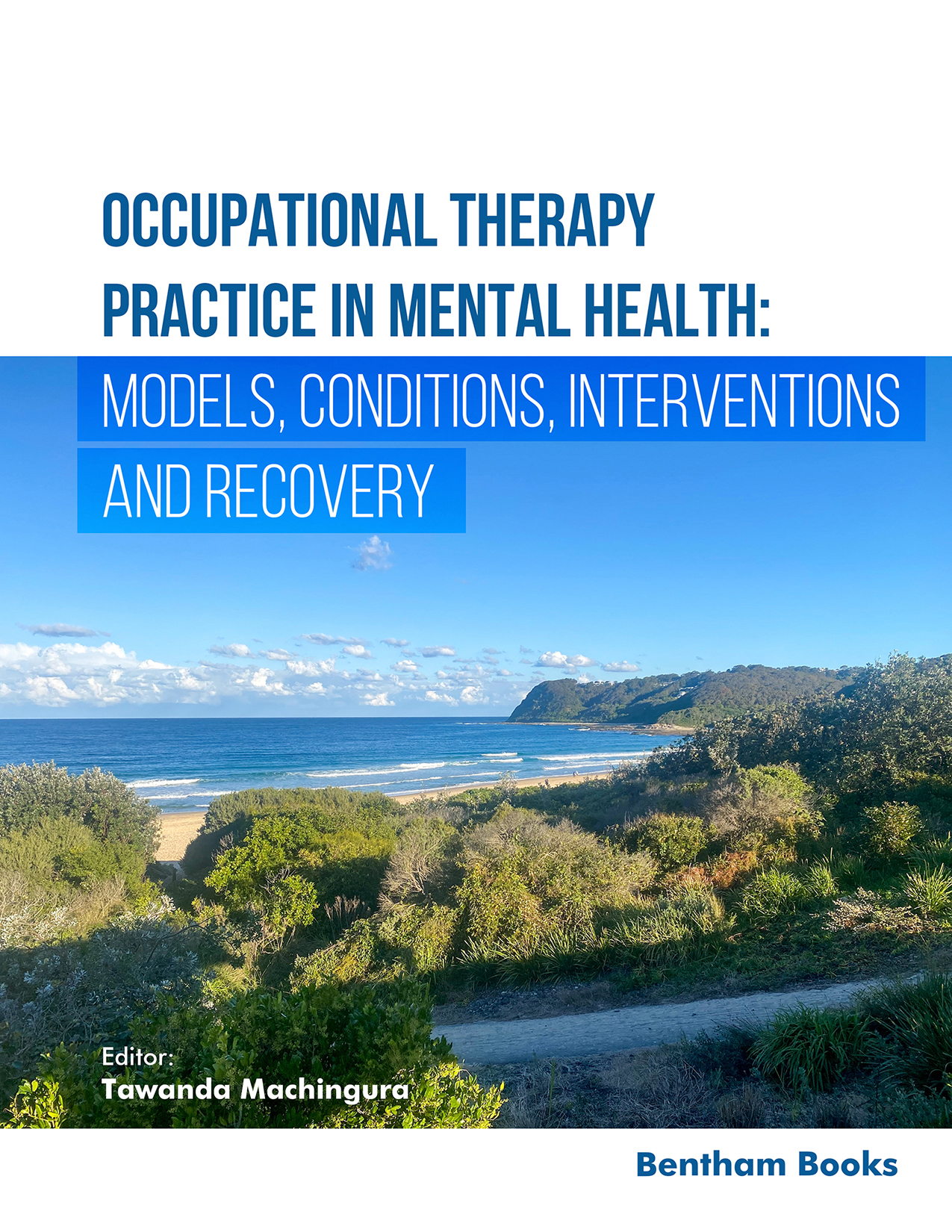The Foreword is by World Federation of OT President Elect. Tecla Mlambo. PhD, MSc OT, MSc Clin Epidemiology, BSc HOT.
The purpose of this book is to enhance the understanding of occupational therapy practice in mental health for all people around the globe, including consumers, families, students, occupational therapists, and other health professionals. This book presents a diverse range of views from authors around the world and is informed by all forms of knowledge, not just Western ways of knowing. Many of the authors of the chapters of this book are themselves from ethnic minority groups. Some of them are consumers of occupational therapy and mental health services. The authors reside in different parts of the world, including Africa, Oceania, and Europe. This was a deliberate effort to ensure that those diverse voices are heard, and that a diverse range of worldviews is included.
This book intentionally uses simple English, pictures, tables, and illustrations to aid the reader, student, or occupational therapy practitioner to clearly understand the concepts. The case examples used are from different contexts around the world to give relevance to the reader. This is the goal of this book, to increase understanding of occupational and practice in mental health practice for everyone not just native English speakers or those from the dominant western cultures.
Chapters are organised in sections, with each section having been carefully crafted and coordinated by one author. Coordinating authors and specific chapter authors are identified. While the text is substantially the work of the contributing authors, a small number of additional authors were invited to contribute to specific areas. Each chapter starts with a brief synopsis of key theoretical and empirical issues to guide the reader who wishes to investigate the broader literature. Most chapters include resources, tools, and instruments that support effective practice. To ensure continuity of style and a coherent, integrated body of material, the coordinating author for each section will assume editorial responsibility for the chapters that constituted that section, and the editor reviewed the entire text for continuity and styling for the book.
Section one summarises theoretical models commonly used by mental health occupational therapists so that the reader is able to choose an appropriate model to use for their clients in their contexts. Section two builds on the theoretical models and provides practitioners with an understanding of the person's components through an introductory understanding of common mental health conditions encountered in practice. Section three delves into interdisciplinary team interventions with a focus on occupational therapy-specific interventions such as psychoeducation, cognitive behavioural therapy, dialectical behavioural therapy, solution-focused therapy, and many others. Lastly, section four discusses and critiques the concept of recovery.
Despite the sequential nature of the organisation of the book, each chapter is a standalone chapter that can be read and understood on its own. Readers can assume a smorgasbord approach and read what they need when they need it and are not bound by the order of the sections or chapters.
This is one of the most comprehensive and transformative books on mental health and occupational therapy, written by academics,
clinicians and consumers of occupational therapy and mental health services from various parts of the world.
The book is the beginning of an important journey of indigenisation and true globalisation of occupational therapy curricula and
knowledge. An excellent resource that has been long overdue on the market, and a critical tool in the hands of an educator, student
and consumer of occupational therapy and mental health services.
Tecla Mlambo
World Federation of Occupational Therapy President Elect &
Head of Occupational Therapy Program
University of Zimbabwe
Harare, Zimbabwe

